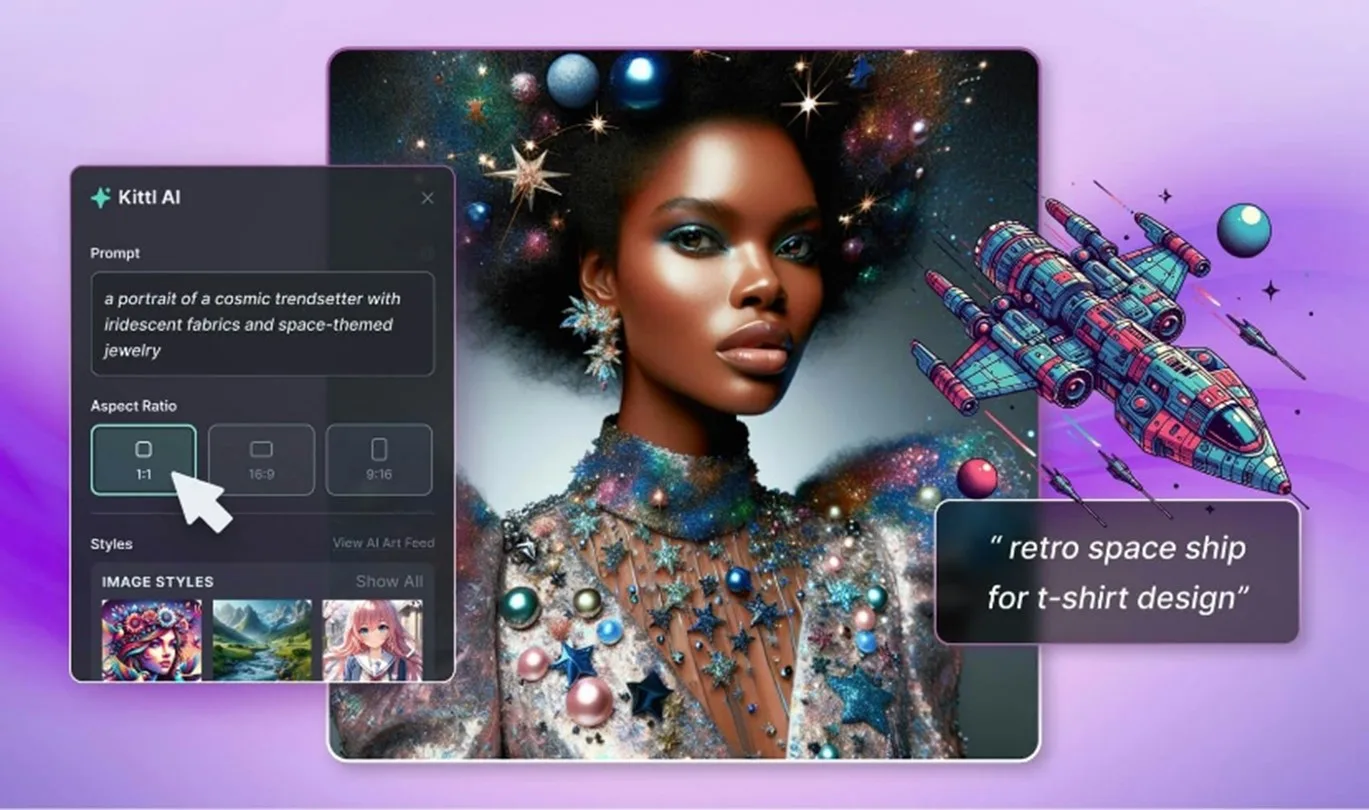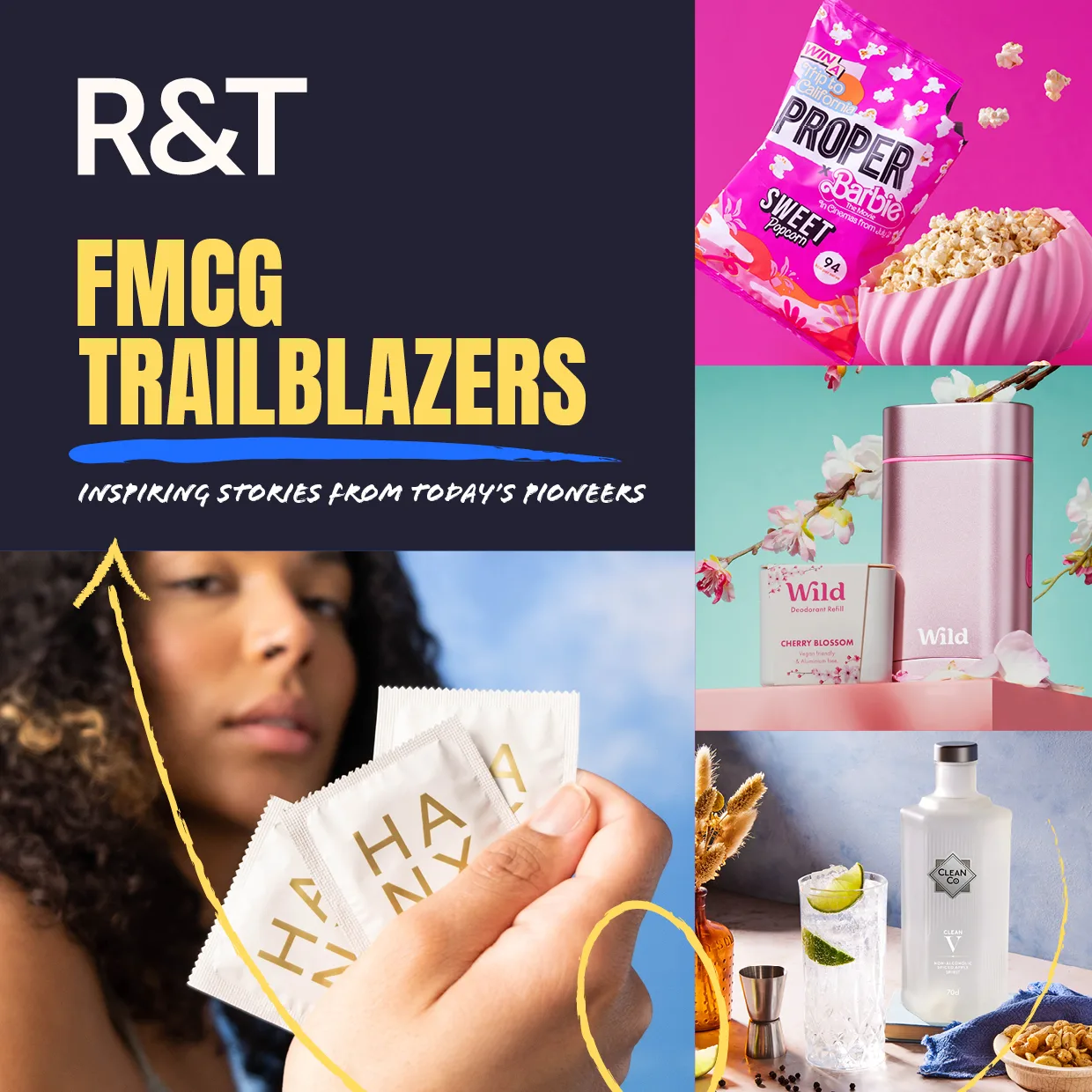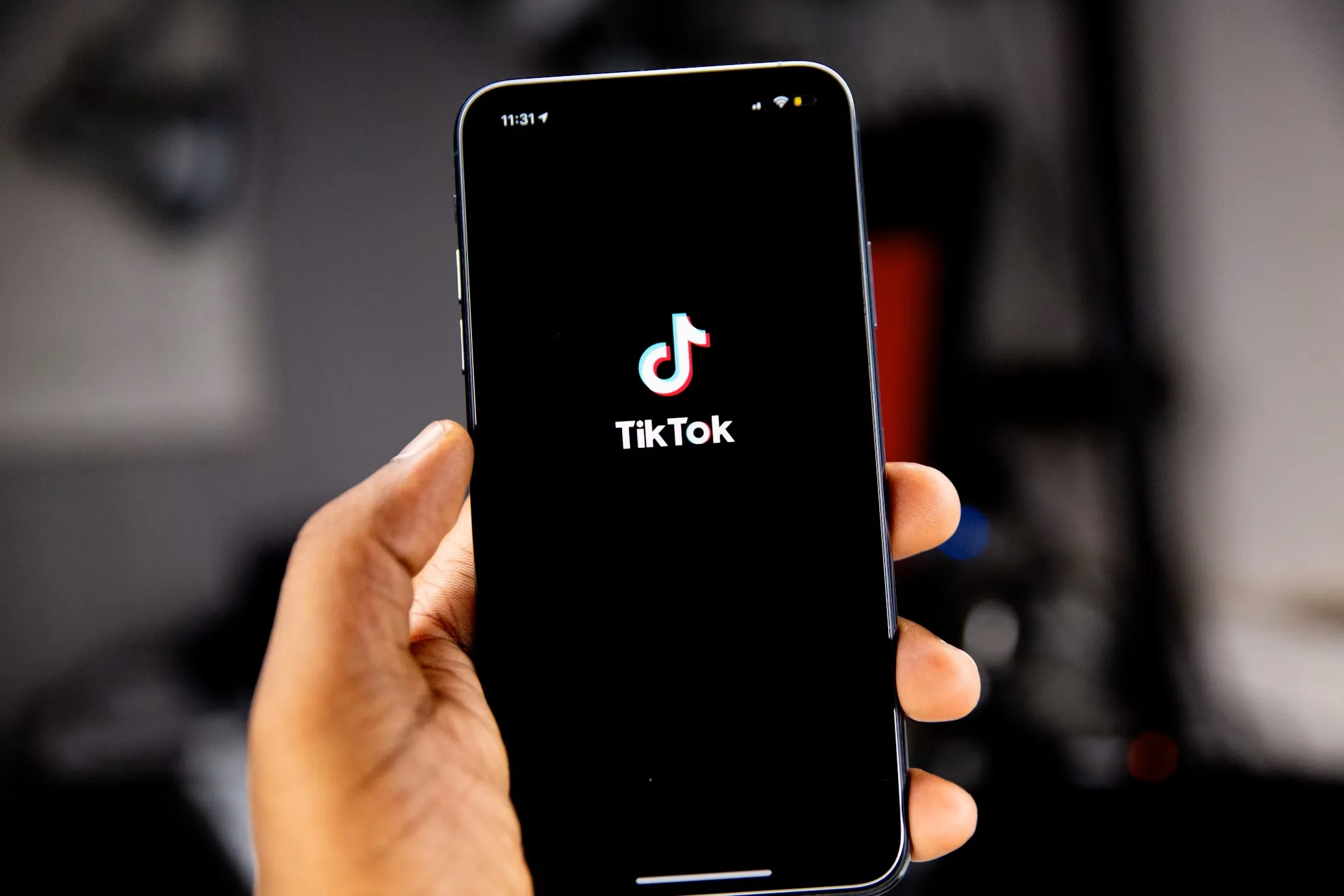
As consumer demand for transparency from brands increases, with more and more people wanting to know every detail about the brands they’re supporting, a new model has emerged – The Glass Box Brand.
Fast fading are the days of inequality in pay scales (at a record low of 8.6%), unethical product production, and unsustainable practices, as consumers demand to know more, leaving brands with nowhere to hide. A challenge? Yes. An opportunity? Absolutely. And one that no brand can afford to ignore.
In the past, brands have been able to hide behind four solid walls, only letting consumers look inside when they had something to show off.
But times are changing. In 2018, modern, future-thinking brands position themselves as a ‘glass box’. Consumers can see in, and if you’re smart – you want them to. You want to share your company values, staff wellness initiatives, production methods, and sourcing practices. The good, the bad and the ugly. Why? Not only because it builds trust, but also because consumers are going to ask for it regardless, and if you’re seen to be hiding something, the modern consumer will turn on you faster than Brad turned on Jen.
This change in consumerism, and in turn the attitude of brands, comes from a myriad of places. The first being the ideals of Gen Z (which you can read all about here), and their innate desire to ‘do good’. Gen Z doesn’t just ask for radical transparency, they demand it. But it doesn’t stop with them. As more information emerges about the fragile state of the planet, millions (or billions!) around the world are searching for a more ethical, sustainable, and meaningful type of consumerism.
Brands such as outdoor clothing and gear brand Patagonia are leading the change in this arena. One glance at their website, and every detail of their company’s social and environmental impact, good or bad, is at your fingertips. This is what modern consumers are looking for, and the way things are going, they soon won’t support brands offering less.
There are a few simple things brands can do to move towards a ‘Glass Box Brand’ model:
More so than ever before, the brands we support mean something about us. Choosing to buy locally and ethically-sourced products, or organic fruit and veg, means you care about the environment. 70% of millennials are willing to spend more with brands that support causes they care about (Cone Communications, 2017), so now, more than ever, brands need to consider their social responsibility, and share with consumers what makes them unique – the good, the bad and the ugly.
We at Richmond & Towers support the ‘Glass Box Brand’ model wholeheartedly and encourage our clients to consider the impact adopting this approach will have on the future success of their brands.

Navigating the fast-paced media landscape requires a dedication to innovation and a deep grasp of industry trends. At the heart of this transformation is Artificial Intelligence (AI), a total game-changer reshaping how we handle tasks and workflows. If the thought of this new ‘co-worker’ freaks you out as much as… Read more

We’ve delved into the minds of some of the biggest brand innovators around to uncover their secrets of success and inspiration. Brands aren’t just threads in life’s fabric; they’re engines of inspiration. Behind these brands are some of the world’s most influential leaders, driving change and innovation. That’s why we’ve… Read more

It’s no secret that we’re currently living through the age of social media, where platforms such as TikTok have become more than just entertainment hubs with viral dances and comedic skits — but now a powerful marketing influence that’s totally shaping consumer behaviours and trends, particularly in world of grocery… Read more